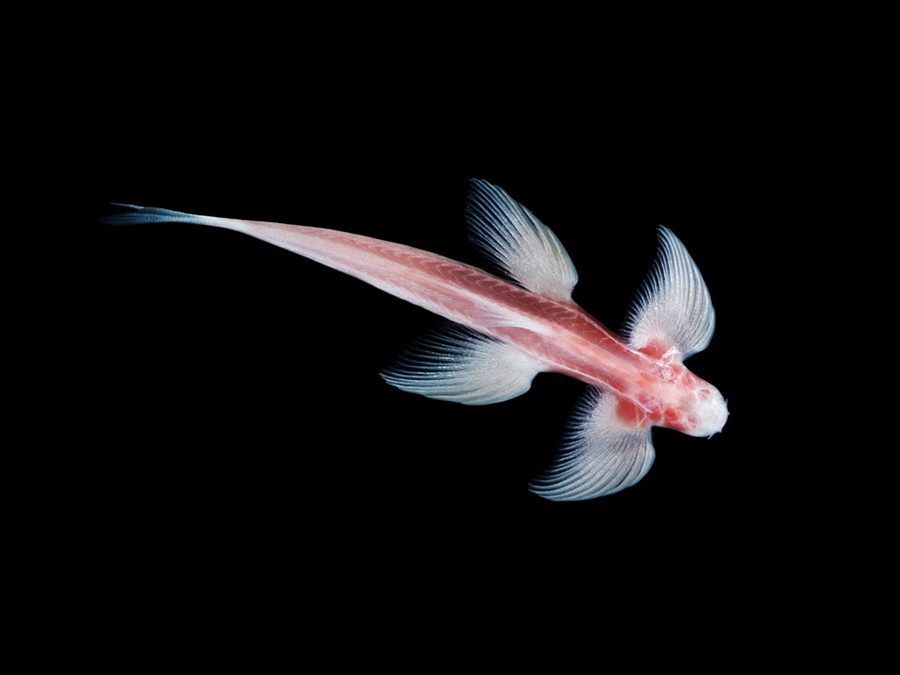There is a blind fish living in caves around the north part of Thailand and there is something particular about it. Cryptotora thamicola has a unique method to walk in fish, but in land animals with four legs, it is very common. Scientists were surprised by the movement the little fished used to climb rocks, it is similar to a gecko or a salamander. As a curiosity, the fish can only be found in rapids, but never in pooled quite water.
Dr. Brooke E. Flammang is a specialist interested in how animals evolve to interact with the environment. She is the corresponding author the study that discovered the secret behind the blind fish’s way of walking. They studied the body of the fish comparing it to different species that also can walk on earth.

Cryptotora thamicola is not the only fish able to move outside water. There are many species that move on land to avoid predators, change habitats or lay eggs. They all have different strategies to move on dry land, but the cave fish is very different from all of them.
The research team started to work before 2015. They collected different subjects for experimentation including the goldfish. After comparing the body of Cryptotora thamicola to several other, they found the answer to the movement pattern. The blind fish has a bone structure which is very different from others. For example, their ribs are tougher and broader than those of a normal goldfish, but the most important characteristic would be the connection between their ribs and hips. The fish has a hip that resembles the ones in quadruped land animals. This is the way they can climb wet walls from rapids using their pectoral fins as legs.
The study went through peer evaluation and it was accepted on March 14, 2016. It was later online published on the Nature website under scientific reports on March 24.
The discovery is very exciting, especially for robotic research. There are a lot of groups building robots that emulate animal mechanics worldwide and the possibility of a swimming fish-android that can climb rocks is just amazing. It also helps the scientific world understand how evolution works.
Source: Nature
